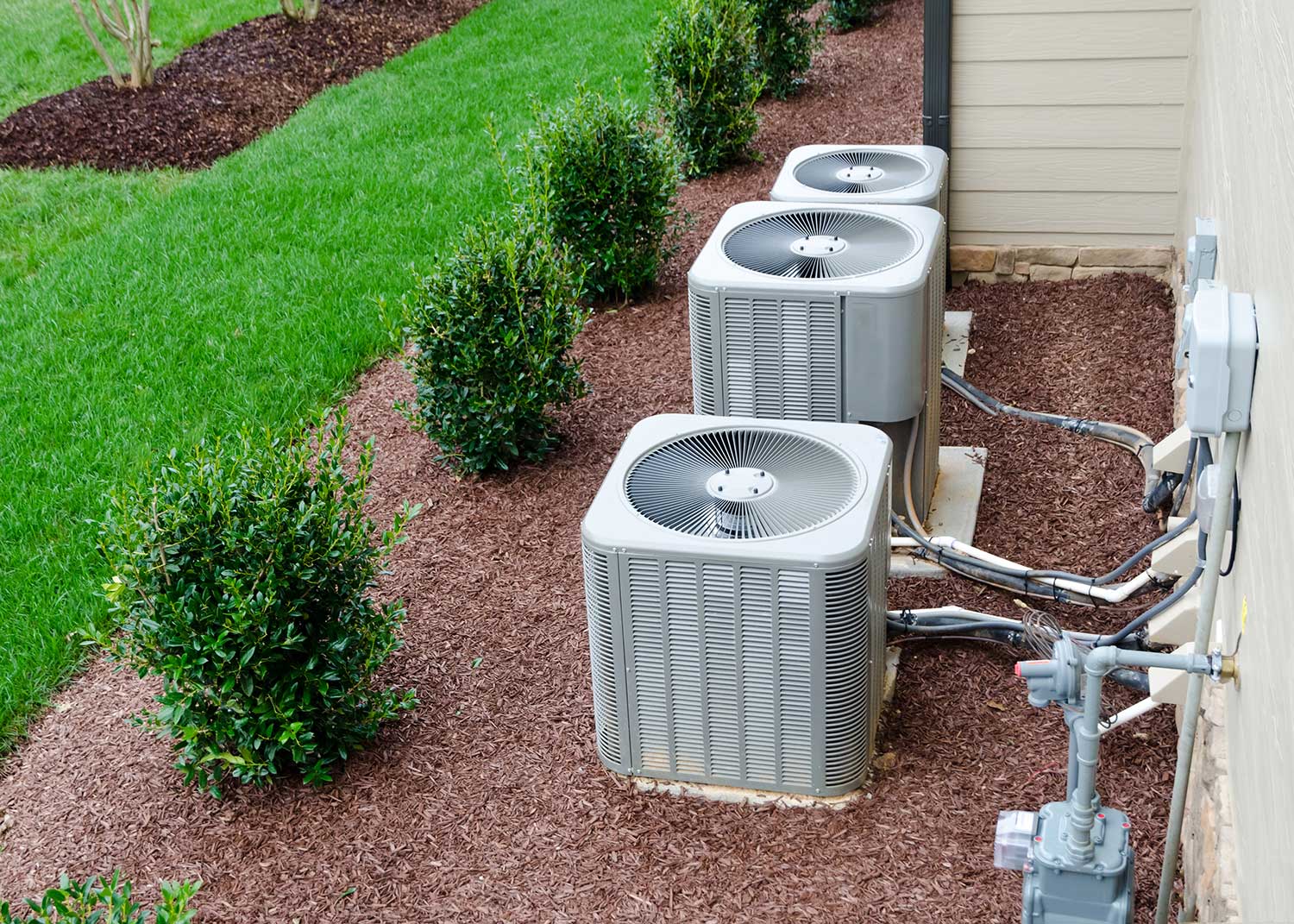Your HVAC system is a big investment, and you want to protect it at all costs. A flood can be detrimental to your HVAC, even resulting in a total loss. Follow our tips to learn how you can protect your HVAC from a flood and get years of use out of your system.
Conduct Regular HVAC Maintenance
Unfortunately, indoor HVAC units can be the source of water that can damage both the system and your home. With regular maintenance, you can prevent HVAC-based flood damage from occurring.
Below are three maintenance tips to keep your HVAC –– and your home –– dry.
- Check and Change the Filter – Dirty HVAC filters can freeze then thaw, causing water damage. To keep your system from overworking and then freezing up, keep a regular schedule to check the filter and change it when it gets dirty.
- Maintain the Condensation Drain Line – When your AC is running, check the condensation line to make sure you see water flowing to the drain. If the drain line is clogged, remove the filter, and use a wet vac to remove the clog. Once a year, flush the line with an algae inhibitor to prevent algae and mold growth.
- Have a Professional Inspect Your HVAC System – Schedule a regular inspection of your system with a local HVAC professional. They can conduct proactive and preventative maintenance to reduce the likelihood that your HVAC will cause water damage in your home.
Install Flood Sensors
Many homeowners install HVAC systems inside their homes. Ground floor closets and basements are the most commonplace to house these systems. Unfortunately, these areas are also prone to flooding.
Flood sensors notify homeowners of flooding and can help protect your HVAC system from flood damage. These sensors come in a variety of styles and prices to meet your specific needs. In general, most flood sensors provide the same function: the device senses water or an increase in moisture, and through an alarm or notification sent to your phone, they alert you to the presence of water.
Homeowners should always install flood sensors in areas of the home prone to water damage: in basements; near hot water heaters, dishwashers, and boilers; and, of course, near your HVAC.
As you know, replacing your HVAC system is expensive. Investing in a flood sensor alerts you to rising water near your HVAC so you can take appropriate steps to mitigate flood damage.
High Concrete Bases
Your HVAC should rest on a concrete base to support the weight of the unit. In a standard build, the concrete footer will be level with the ground or only a few inches higher. Building a higher concrete base for your HVAC prevents rising or high water from damaging the unit.
It’s best to hire a general contractor to pour the concrete bases for your HVAC system. A measurement error can result in a weakness in the footer, which can result in your system falling and breaking, not to mention creating a potential risk for injury. Trying to take on the task yourself could yield serious hazards for your property and for your family.
Depending on flood levels and safety codes, your contractor will determine the safest and most functional height for your new footer.
Build an Enclosed Wall
Exterior HVAC units are especially susceptible to flooding and flood damage. Protecting your HVAC system from a flood doesn’t require expert engineering or a costly relocation.
An easy and effective method of HVAC flood protection is to enclose your unit within a wall or structure. This route is ideal if you don’t have the room to move your HVAC, or if the cost of relocation and rewiring is too high.
Building an enclosed wall diverts water away from your HVAC unit while at the same time preventing floating debris from crashing against your unit. You should consider the 100-year flood level to determine the optimal height of the wall.
When you build the wall, remember to include space for service and maintenance, as well as access for removing the unit when it’s time to replace it.
Relocate Your HVAC
Moving an HVAC unit can be a costly project, but it might be necessary if your unit is located in a low area prone to flooding or pooling water. The best time to move your HVAC is when you replace your unit with a new model.
When you install the new unit, you can then choose a safer place with lower flood risk. If your HVAC is an outside unit and you want to keep it outside, you can install it on a high concrete base or behind an enclosed wall, as we explained above.
You also have the option of moving your unit inside your home. Placing the unit on a second floor or attic ensures it won’t incur any damage from floodwaters. However, this move will require moving and redesigning the ductwork, piping, and electrical wiring.
Conclusion
At DeVooght House Lifters, we know the importance of flood preparation and prevention. Let our tips for protecting your HVAC from a flood help you preserve your system, so it runs for years!

